The new definition of inclusion is broader than educators have faced before. It covers not just pupils with SEND, but also disadvantaged pupils, those in care or formerly in care, and learners facing other barriers which might be social, related to their well-being or protected characteristics.
Inclusion hokey-cokey: In, out, in, out and you decide
The ‘pupils with SEND’ element of Ofsted’s definition of inclusion is ‘pupils receiving special educational needs (SEN) support, and those with an education, health and care (EHC) plan’.
Every educator knows that a learner with an EHCP sits well within this definition. But what’s interesting is how Ofsted has also chosen to define those learners who meet the legal definition of ‘significant learning difficulty’ but don’t have an EHCP.
It’s interesting because their phrasing implies that it’s an educator’s decision whether a learner without an EHCP is defined within this new inclusion bracket or not. Subsequently, one learner could be outside, inside, and outside of the threshold again within a single academic year. In fact, that’s not just probable, it’s reasonable.
It’s also smart, deliberately so. Ofsted is obligating providers to focus on the learners whom education has long failed: those who fall between the cracks. Not complex enough for an EHCP, yet different enough to struggle in systems built for the average. Learners whose edges don’t quite fit the mould, and who need education to flex a little – but not EHCP-level flex.
Knee-jerk: Unintended consequences
I can imagine that recently, senior leaders have been hearing SEND and thinking: “We’ll need more SENCos, just think of the costs”.
It’s quite possible that some leadership teams right now are thinking about removing provisions where there’s a higher rate of learning differences.
But to paraphrase Obi-Wan Kenobi: “these aren’t the learners you’re looking for”.
These are the learners where you, the educator, decide that the inclusion tag applies. The ones not complex enough for EHCP or, frankly, for your experienced team of SENCOs in most situations.
This cohort needs to be supported ‘in the flow of learning’. Not by specialists, but by their main educator who understands them the most. Understands them as an individual enough to curate a simple list of ‘unlocks’ (adjustments) to explore with them. Some adjustments will work. Some won’t. The ones that do will make all the difference.
“In the flow of learning” means support becomes part of the learner’s everyday experience. No specialists to schedule, no removal from class, no logistics to juggle, just everyday learning. It’s about an informed educator trying a few personalisation techniques with their own learner, right where learning happens. I have heard the DfE is even creating CPD training to upskill college educators on just this topic.
Structure is the new inclusion strategy
Providers will need a structured way to support learners and their educators below the EHCP level. September’s new Ofsted toolkit tells inspectors to check the providers’ structure includes “early and accurate assessment of pupils’ needs” and, when you decide support is necessary “a continuous cycle of planning, actions and review”.
This structure will look something like: assess, identify, decide, start support, stop support, maybe start it again.
Providers with an apprenticeships provision may be ahead already. Since 2020 the Education and Skills Funding Agency (now part of DfE) has been enhancing the apprenticeship rules for learners receiving additional learning support and it encourages the same structure – identical in fact.
It’s almost as if different arms of the government have the same goal, have communicated between themselves and aligned their requirements. It’s probably just a coincidence. But if not, it’s a strong message that personalised learning is being expanded beyond those with an EHCP.



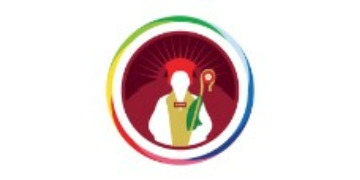






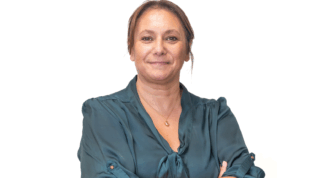
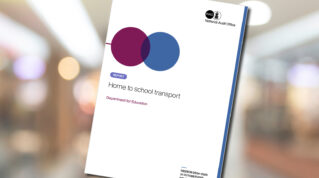
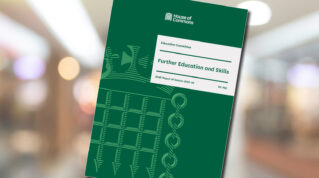
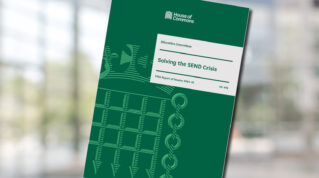

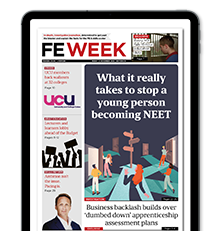
Your thoughts